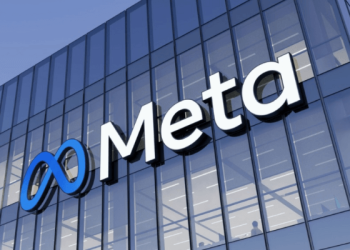Picture a world where trust is built into the system itself, where information can’t be adjusted, and transactions happen securely without a middleman. That is the promise of blockchain technology, a revolutionary concept that is quickly transforming our digital landscape. But if you are new to this world, it can all sound a bit unclear. Don’t worry! This detailed guide unravels the mysteries of blockchain, making it easy to understand for anyone.
What is Blockchain?
Blockchain is a special kind of database. Unlike traditional databases where information is stored centrally (think of a bank’s server), blockchain is a distributed ledger. This means copies of the ledger are shared across a network of computers, creating a secure and transparent record of transactions.

Here is a breakdown of how it works:
1. Blocks: Imagine data packets like receipts or invoices. In blockchain, these are grouped together electronically into “blocks.”
2. Chaining the Blocks: Each block contains not just data but also a unique code referring to the block before it. This creates a chain-like structure, giving it the name “blockchain.”
3. Cryptographic Locks: To prevent tampering, each block is cryptographically secured. Think of a complex digital lock that keeps information safe.
4. The Network Effect: With copies of the blockchain spread across a network of computers, any attempt to change a block would require changing all the subsequent blocks on every computer in the network – a near-impossible act.
Benefits of Blockchain Technology
The unique properties of blockchain offers too many benefits:
1. Enhanced Security: The tamper-proof nature of blockchain makes it highly secure. Once data is recorded, it cannot be changed without detection.
2. Transparency: Everyone on the network can see the history of transactions, raising trust and accountability.
3. Decentralization: By removing the need for a central authority, blockchain empowers individuals and reduces reliance on third parties.
4. Efficiency: Transactions can be faster and cheaper compared to traditional methods as there is no middleman involved.
5. Improved Traceability: Blockchain allows for better tracking of assets, goods, and data throughout a supply chain.
Engaging with Blockchain Technology
There are several ways you can interact with blockchain technology:
1. Cryptocurrencies: The most well-known application is cryptocurrency, like Bitcoin. Blockchain forms the foundation for secure and transparent digital currency transactions.
2. Decentralized Applications (dApps): These are applications built on blockchain that don’t rely on a central server, offering new possibilities for everything from gaming to finance.
3. Supply Chain Management: Blockchain can track the movement of goods from origin to destination, ensuring transparency and efficiency.
4. Record Management: Important documents and records can be stored securely and permanently on a blockchain.
The Future of Blockchain
Blockchain is still in its early stages, but its potential is large. From revolutionizing voting systems to securing medical records, the possibilities are endless. As the technology matures, we can expect to see even more innovative applications emerge, transforming the way we interact with the digital world.
Conclusion
Blockchain technology may seem confusing at first, but its core concept is quite simple: a secure and transparent way to store and share information.
With its emphasis on security, decentralization, and efficiency, blockchain holds the potential to reshape numerous industries and empower individuals in the digital age.
So, the next time you hear about blockchain, remember, it is not just about cryptocurrencies , it is about building a more secure and trustworthy digital future.

















